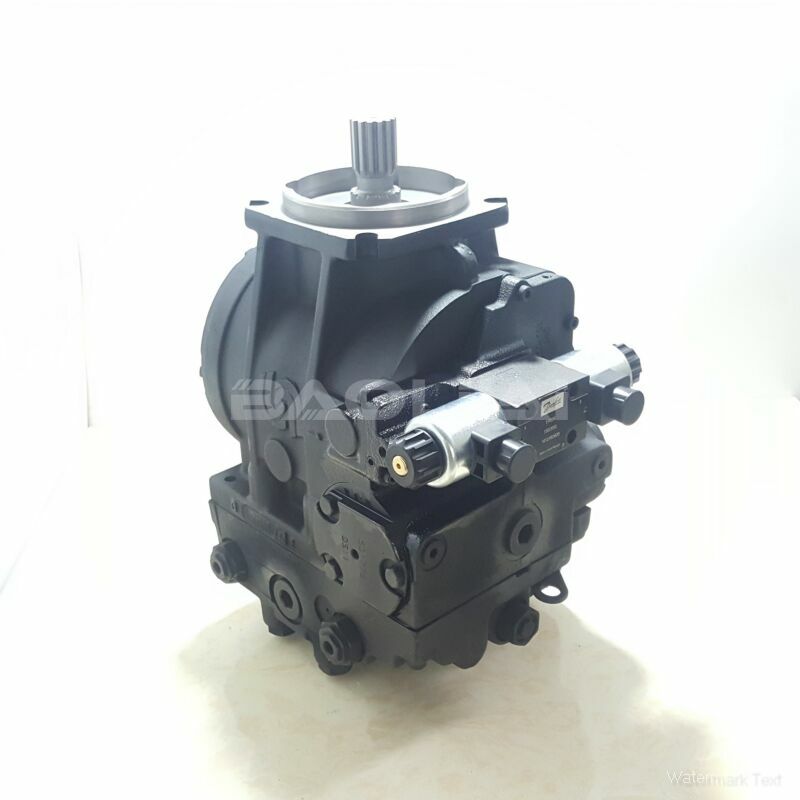90R100KA5CD80S3C7E03GBA353524 hydraulic pump
90R100KA5CD80S3C7E03GBA353524 hydraulic pump

- Product Details
- Applicable Scene
As the world embarks on a journey toward greener and more efficient transportation solutions, the advent of autonomous and electric train technologies is reshaping the railway industry. Among the many components that play an essential role in the performance and reliability of these trains, hydraulic oil pumps stand out as critical elements. This article explores the future of hydraulic oil pumps in this evolving landscape, examining their significance, adaptations, and the potential challenges and innovations that lie ahead.
90R100-KA-5-CD-80-S-3-C7-E-03-GBA-35-35-24
90R100KA5CD80S3C7E03GBA353524
Hydraulic systems are integral to the operation of various train functionalities, including braking, steering, and door operations. Traditional hydraulic oil pumps convert mechanical energy into hydraulic energy, enabling these systems to function smoothly. However, with the shift towards electric trains, the reliance on hydraulic systems is being reassessed. Electric trains often prefer electric actuators and systems that reduce dependence on hydraulic components, leading to a decline in the traditional role of hydraulic oil pumps.

701898
Despite this shift, hydraulic oil pumps are not on the brink of obsolescence. Instead, they are evolving to meet the demands posed by advanced technologies. For instance, the integration of hybrid systems, combining electric and hydraulic components, can enhance efficiency. Hydraulic oil pumps can still serve essential functions, particularly in scenarios where rapid response and high power density are required—areas where electric systems may falter.
Moreover, the rise of autonomous trains introduces new requirements for hydraulic systems. These trains must operate with high levels of precision and reliability, and hydraulic systems can support these needs effectively. For example, hydraulic brakes provide a fail-safe mechanism that can be essential in emergency situations. The adaptability of hydraulic systems means that they can be enhanced with smart technologies, allowing for real-time monitoring and optimization of performance. This can lead to improved safety and operational efficiency, characteristics essential to the future of rail transport.





